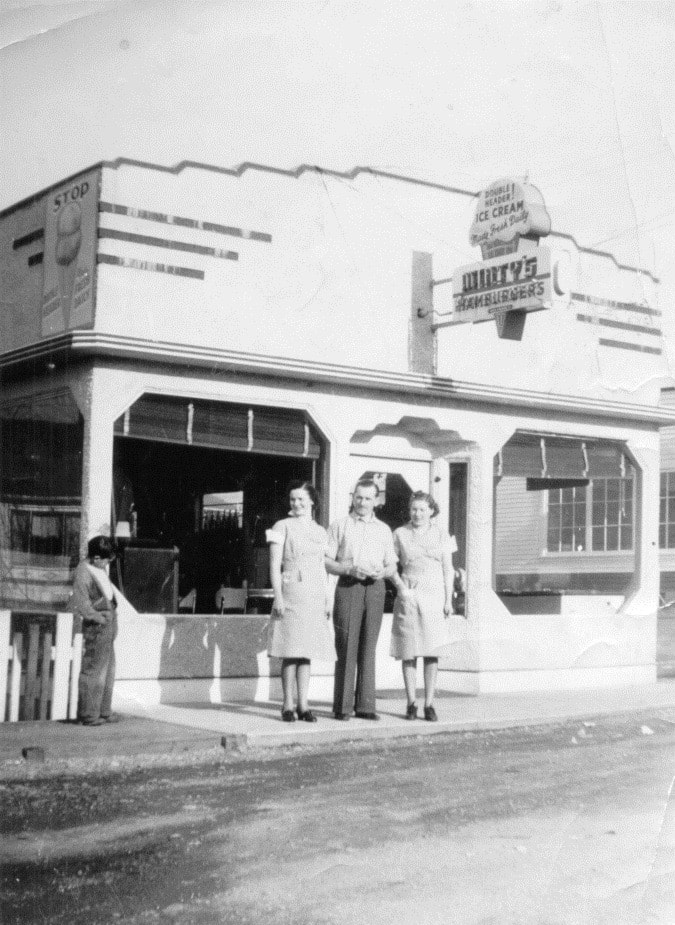A favourite aid to memory for those of us who like to look back is the photograph.
Whether we’re remembering our children as babies, our ancestors, or our high school friends, most of us will go to our photo collection first.
Today, we have an unprecedented ability to copy and share those photographs. But as with so many elements of modern life, scanners seem to present us with too many options and all in a language we don’t speak.
Scanning your family photos – especially if you have inherited collections from your elders – is an enormous undertaking.
Once you have invested in the equipment and a plan for managing the resulting digital files, isn’t it also worth doing the job in such a way that it only needs to be done once?
Before you begin, you need to ask yourself what you want to be able to do with the files. You will probably want to share them with family, with friends on-line, and perhaps to print and frame for your home. It is that latter task that has the greatest requirements.
We hear the acronym “DPI” tossed around in connection with digital photographs. It’s a printer’s term for “dots per inch”, referring to the number of dots in a linear inch in a particular photograph – the more dots, the greater the resolution of the picture.
We need to pay attention to DPI if we want to be able to print our photographs.
Most scanners, if left on their factory settings, will scan at 150 or 200 DPI. That is fine for sharing on computer screens, but if you try to print them at any reasonable size, they become blurry or even break up into a lot of little squares.
At the Maple Ridge Community Archives, we deal with digital images all the time. We really appreciate the willingness of families to share their images with us so we have worked out a simple scanning plan based on the size of the original image. If the print you are working with is a standard 4 x 6” or larger, scan at 300 DPI.
If the print is smaller than that, use 600 DPI.
For slides, use 1,200 DPI. It is very easy to make smaller copies of scanned files, but impossible to make larger ones.
The staff of the community archives is willing to give further help on scanning or how to organize the images once you’ve scanned them.
While we always prefer having originals for our collection, we are happy to get copies if only to act as a preserver in case disaster befalls the originals.
For those completely disinclined to tackle technology, we will borrow family photos and scan them for you, giving you copies of the scans when we return the originals. This is how the community image bank is built.
If your family had deep roots in another community before coming to Maple Ridge, you might consider contacting their archives to see if they would like copies.
Once the work of scanning is done, being generous with the result is very inexpensive.
Not only will it be appreciated by the other archives, you might really make the day for a family researcher asking questions that your photos will answer.
Val Patenaude is director of the Maple Ridge Museum.
